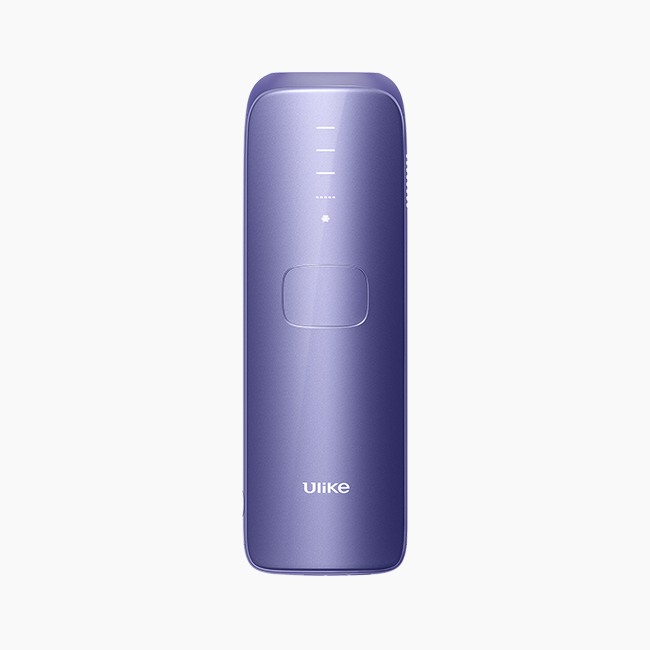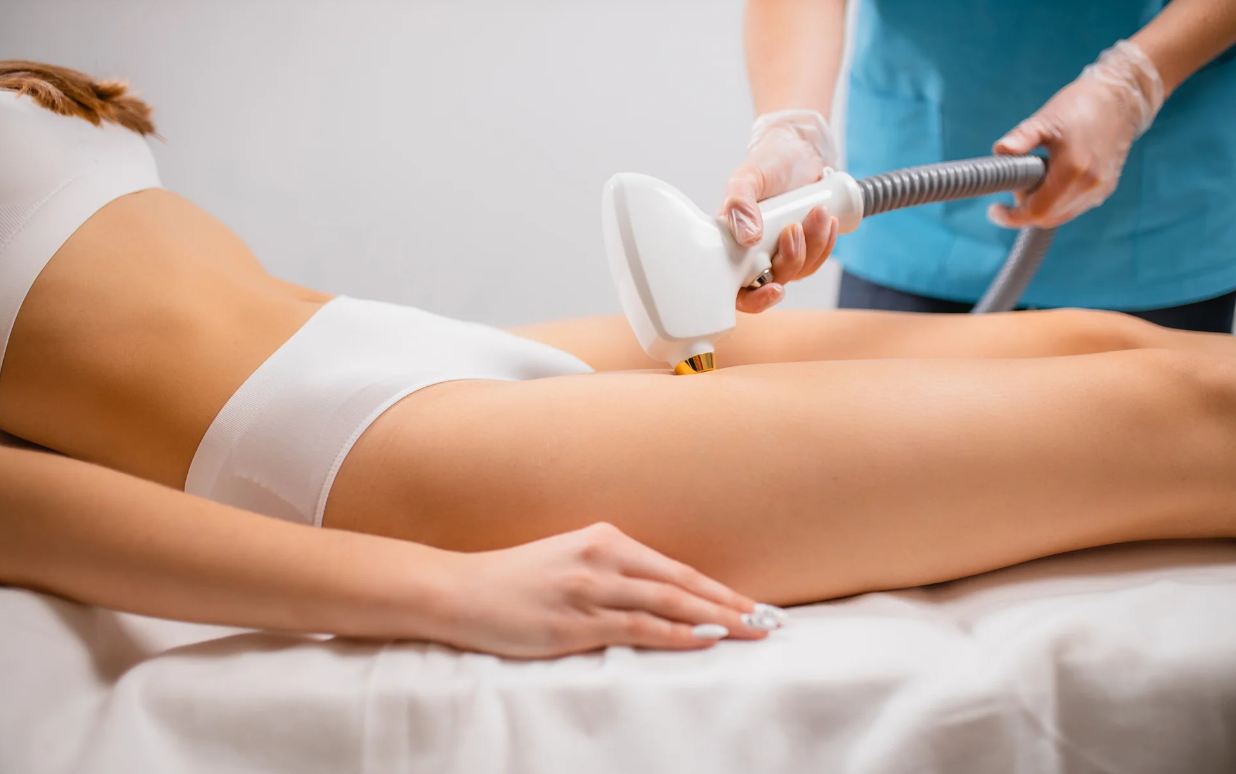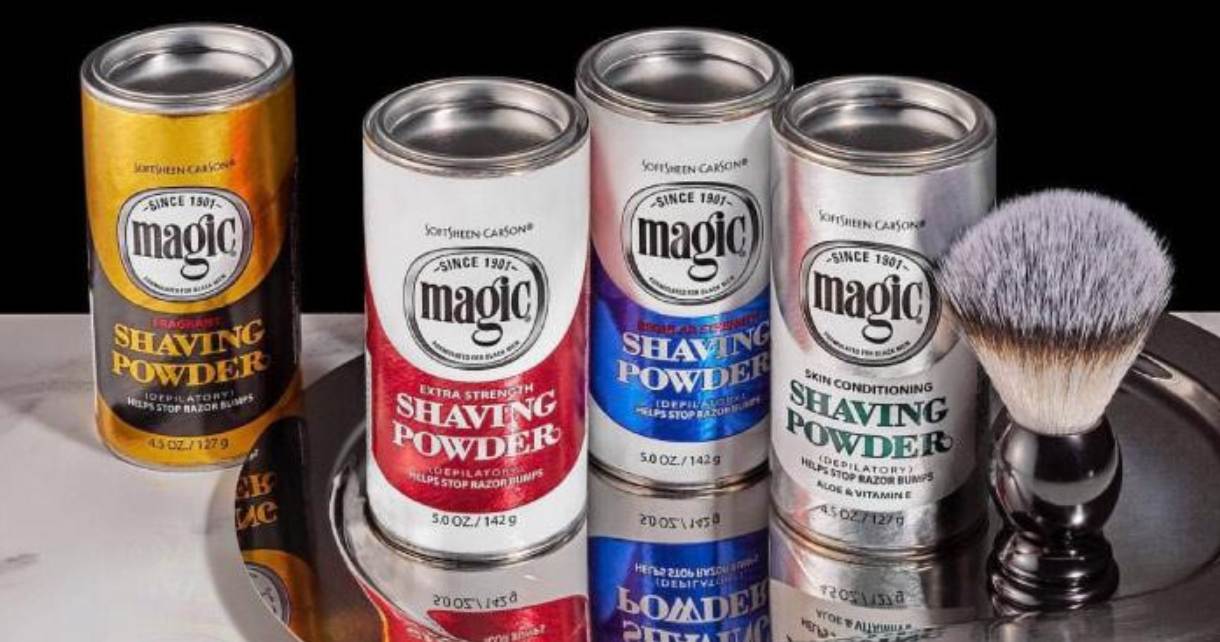
Are you considering plucking your facial hair and wondering whether it’s a bad method? Welcome! Your face is precious and certainly not an experimental ground for every hair removal method. If you care so much about how you look, this article is worth your multiple reading.
While I will assume that you already know what plucking is all about if you ask this question, it’s important to revisit it for the sake of first-timers. What is hair plucking, and how is it done? The next session takes care of this.
Table of Contents:
What is Hair Plucking?
 Hair plucking is a removal method that involves using objects like tweezers to hold and uproot hair strands from their follicles. A more local form of plucking involves using your hand to pluck your body hairs from their roots. The common areas on the face that some women apply this method include eyebrows, chin, and upper lips.
Hair plucking is a removal method that involves using objects like tweezers to hold and uproot hair strands from their follicles. A more local form of plucking involves using your hand to pluck your body hairs from their roots. The common areas on the face that some women apply this method include eyebrows, chin, and upper lips.
Unless you apply topical anesthesia, there’s no way you won’t feel a certain level of discomfort from this hair removal approach. It’s beneficial in that it is very cheap and can leave you hairless for at least four weeks. However, considering the pain it brings and other setbacks associated with it, is it an appropriate facial hair removal method? Let’s find out in this next section.
5 Reasons You Shouldn’t Pluck Your Facial Hair
From this heading alone, you can guess our stance on this method: hair plucking is not good for the face. And in case you are wondering why, here are seven cogent reasons. Many of these reasons are research-backed, and you can independently verify them.
- It’s Very Painful
There is no need to try to sugar-coat this fact; plucking or tweezing is not nearly painless. It gets worse when you pluck hairs from sensitive body parts like your face. Every pull sends shivers down your spine, and you might be unable to complete the process without topical anesthesia. But why go through such a hell when there are less painful alternatives that are equally effective?
- Inflammation and Irritation
 Do you dislike skin issues like redness, inflammation, and irritation? Eschew plucking. Two out of three people who use this method always come down with one or all of these skin issues. The odds are even higher with folks who are prone to allergies or with sensitive skin. And, of all places, the face is the least to nurture inflammations or irritations. It can negatively impact your confidence.
Do you dislike skin issues like redness, inflammation, and irritation? Eschew plucking. Two out of three people who use this method always come down with one or all of these skin issues. The odds are even higher with folks who are prone to allergies or with sensitive skin. And, of all places, the face is the least to nurture inflammations or irritations. It can negatively impact your confidence.
- Hyperpigmentation
Pulling out hairs from their follicles stimulates the production of melanin, which is the pigment that gives color to the skin and hair. With more pulling comes more stimulations, which can result in dark spots or patches on the skin, especially for dark-skinned people. Again, the face is not the appropriate body part to risk this possible side effect.
- Ingrown Hairs
 If you pluck your facial hair, there is a possibility that there will be a change in the direction of subsequent regrowth, leading to hairs growing back into the skin. The result is an unsightly, painful, and itchy cyst or bump on your face. Is that something you would like to risk? I guess not. To avoid this, do not pluck your facial hair.
If you pluck your facial hair, there is a possibility that there will be a change in the direction of subsequent regrowth, leading to hairs growing back into the skin. The result is an unsightly, painful, and itchy cyst or bump on your face. Is that something you would like to risk? I guess not. To avoid this, do not pluck your facial hair.
- Unpredictable Hair Regrowth
You can’t tell for sure what would happen after plucking your facial hair. For some, they notice that the hair grows faster and thinner, while others report that it took a while before they saw another strand. Plucking can damage your hair follicles long-lastingly, leading to irreversible hairlessness. As such, if you hope to grow hair again or you don’t want to live in uncertainties, it’s best to jilt plucking.
Helpful Tips If You Must Pluck Your Facial Hair
While plucking may not be the best approach for getting rid of facial hair, you may have a reason why you have to do it. In that case, consider the following tips to help you reduce the possible side effects.
- Exfoliate and Keep Your Face Clean
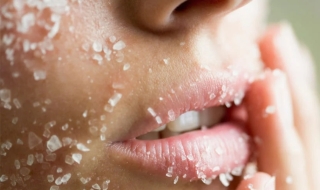 Before plucking your facial hair, consider using a gentle cleanser and warm water to get rid of oil, dirt, and makeup residues. For dead skin cells, a mild exfoliant will do the magic. When you do these two things, your chances of suffering ingrown hairs are significantly reduced.
Before plucking your facial hair, consider using a gentle cleanser and warm water to get rid of oil, dirt, and makeup residues. For dead skin cells, a mild exfoliant will do the magic. When you do these two things, your chances of suffering ingrown hairs are significantly reduced.
- Sanitize and Sterilize all Tools
The common tool used for hair plucking is a pair of tweezers. You may have other locally-made removals that you prefer. Whichever way it goes, ensure that you disinfect these items either by boiling or wiping them with 70% ethanol. And for your facial skin, you can use topical antiseptic or antibiotic to clean it before plucking. This will reduce your risk of getting infected or suffering inflammation.
- Take it Easy
The best approach to minimize injuries and ingrown hair is to pull one strand at a time and do it gently. You will have to first pull the skin taut and then pull in the direction of hair growth. If your facial hair is too short, wait till it is a few inches longer and pluck gently but instantly. Generally, it’s not safe to pluck hairs close to your nose, eyes, or mouth because of the high risk of infection and safety concerns.
- Moisturize and Soothe
 The common moisturizer people use after waxing or plucking is Aloe Vera. It’s quite effective and can calm your skin after the treatment. Alternatively, you can use a cold compress to reduce pain and swelling. During the first few days after plucking your facial hair, you shouldn’t expose yourself to the sun or apply any makeup. Doing this can aggravate your skin and prolong its recovery.
The common moisturizer people use after waxing or plucking is Aloe Vera. It’s quite effective and can calm your skin after the treatment. Alternatively, you can use a cold compress to reduce pain and swelling. During the first few days after plucking your facial hair, you shouldn’t expose yourself to the sun or apply any makeup. Doing this can aggravate your skin and prolong its recovery.
Excellent Alternatives to Plucking
There is no need to endure pain when removing unwanted body hair in this 21st century. That’s because many alternatives abound, although each has pros and cons. Learn about a few of these methods below and see how each may benefit you.
Shaving
Shaving is the simplest way to get rid of facial hair, even though it’s very temporary. You may probably get tired of having to shave it off almost once in a few days, but it has the least downside, and it can be done at home without needing extra skill or whatever. You can make use of electric shavers and clean razors. You might see it as so much work because you can only be hair-free for a few days, but this is the safest method.
Depilatory Creams
There are hair removal creams that can dissolve your unwanted hair in minutes, leaving you with smooth skin. These creams are called depilatory creams. They are relatively cheap, harmless, and easy to apply. However, many of them have offensive odors that may not go away immediately. Also, considering the constituents of these creams, if the hair is close to your eyes or nose, it may not be safe.
Sugaring
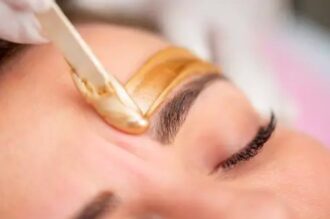 Similar to waxing, sugaring is an age-long Egyptian method of pulling out body hairs from its roots. As the name implies, a combination of sugar, lime, and water melted and mixed is used. This method is slightly better than waxing because it involves using natural ingredients and is more gentle on the skin than the former. It’s, however, not nearly painless, and it can cause several skin issues.
Similar to waxing, sugaring is an age-long Egyptian method of pulling out body hairs from its roots. As the name implies, a combination of sugar, lime, and water melted and mixed is used. This method is slightly better than waxing because it involves using natural ingredients and is more gentle on the skin than the former. It’s, however, not nearly painless, and it can cause several skin issues.
Intense Pulsed Light (IPL)
A more recent and sophisticated hair removal method that is particularly safe for the face is the IPL. It involves sending beams of light deep inside the skin to dislodge the hair follicles and alter the growth cycle. Leading hair removal brands produce different devices that work on this principle, and are pretty much safe to use at home.
 If you would like a recommendation of an excellent IPL device that you can use on your face and other body parts, it would be the Ulike Sapphire Air 3 IPL Hair Removal device. With it, hair removal is nearly painless and you can use a single device for a lifetime. Apart from this, it is FDA-cleared, and board-certified dermatologists attest to its efficiency. Within two weeks, your facial hair should be gone, and if continuously used, you can also bid it bye.
If you would like a recommendation of an excellent IPL device that you can use on your face and other body parts, it would be the Ulike Sapphire Air 3 IPL Hair Removal device. With it, hair removal is nearly painless and you can use a single device for a lifetime. Apart from this, it is FDA-cleared, and board-certified dermatologists attest to its efficiency. Within two weeks, your facial hair should be gone, and if continuously used, you can also bid it bye.
The downside of IPLs is that you can’t get an immediate result. The device takes a minimum of two weeks to produce satisfactory results, and it might be expensive in the short term. However, with premium ones like the Ulike IPL, it’s a great investment that is worth it.
Electrolysis
You might just want to put an end to an endless hair removal cycle and enroll in an electrolysis session. This method is the only FDA-cleared technique for long-lastingly stopping hair growth. You can’t do it by yourself but a trained electrologist will get the process done for you. It essentially involves passing a weak electric current through a tiny needle into your hair follicles. The current destroys the follicles and puts an end to hair growth.
The downsides include the high cost, several sessions usually required, and the minor discomfort it causes. But once done, you can take a final break from that annoying facial hair.
Conclusion
It’s apparent that not all hair removal methods are apt for the face. Plucking is certainly not recommended for removing facial hair because of the numerous downsides to it. But as we have seen from this article, there are alternatives, the best of which is IPL. Electrolysis is also good, but it can be expensive and painful to an extent. It’s not even an at-home method and that means you will have to go out of your comfort zone all the time to access it.
Be that as it may, it’s critical to mention that facial hair isn’t a disease for which you must do everything to fight. It’s cool even as a woman to flaunt it. But if it is constantly getting in the way of your makeup or becoming too much for you to handle, it’s best to have the Ulike IPL device handy to remove it professionally at home by yourself.

